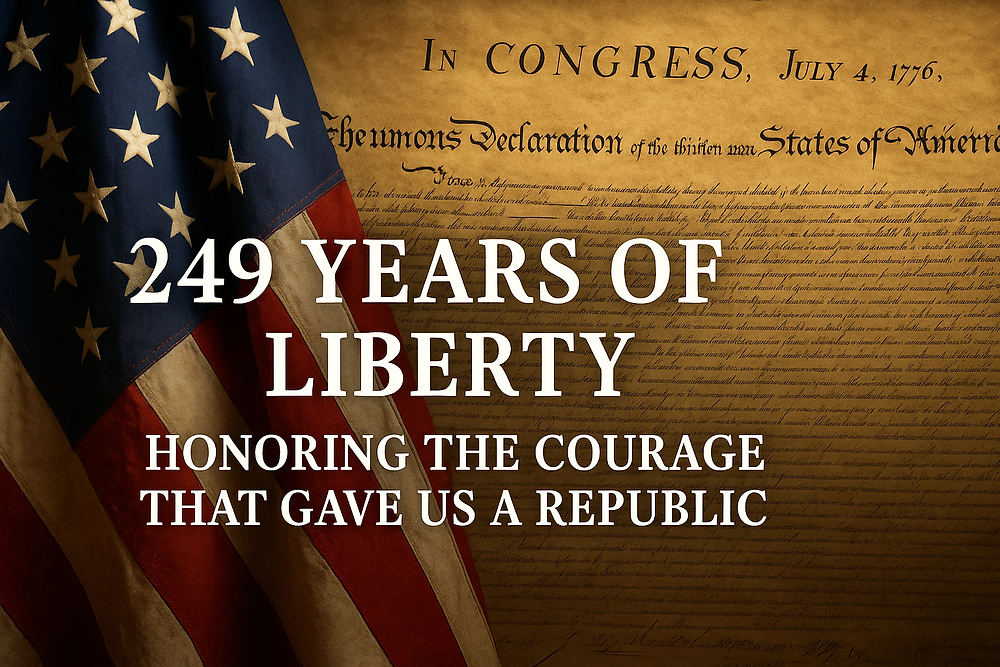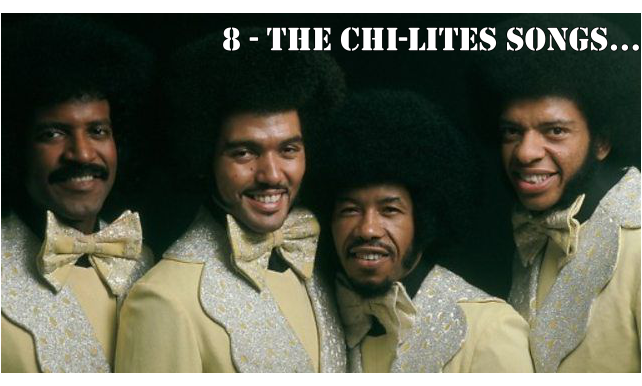(ThyBlackMan.com) As a sitting vice president, it remains to be seen if Kamala Harris will eventually follow the political pathway of Joe Biden and ultimately ascend to the highest office in the nation. Harris, who graduated from Howard University in 1986, has already made history by becoming the first vice president to have graduated from an HBCU. Harris’s historic election was a proud and inspirational moment not only for the Howard University community but for the entire HBCU family.

The HBCU legacy of shaping and educating future Black entrepreneurs, doctors, lawyers, public servants, teachers, architects, and engineers continues to be fulfilled despite the challenges resulting from limited funding and resources. The struggles facing all HBCUs are no secret, but they are deep-seated, and the root causes behind the struggles are complex. Many people would not have the opportunity to obtain a college degree had it not been for an HBCU. Despite being underinvested institutions with small endowments, tight budgets, and higher percentages of students depending on Pell Grants, these schools serve a critical mission. HBCUs were always faced with having to do more with less, but this should not be the case for the HBCUs federally designated as land-grant universities.
Land-grant institutions are universities or colleges that benefited from the Morrill Acts of 1862 and 1890—proposed when Sen. Justin Morrill of Vermont served in the House of Representatives, the Morrill Land Grant College Act of 1862 set aside federal lands—wrongfully taken from Indigenous nations—to create agricultural and mechanical schools exclusively for white students. With the passing of the Agricultural College Act of 1890 (the Second Morrill Act), 19 HBCU land-grant institutions were established to provide a similar education system for Black students, primarily in the South. This Reconstruction Era legislation aimed to provide a “just and equitable” allocation of funds between the 1862 and 1890 universities. Unfortunately, the reality of racial discrimination will always undermine any law recognizing that people of all backgrounds don’t start in the same place in society; therefore, fair adjustments must be made to adjust the imbalances.
By taking advantage of ambiguous legislative language, the states created a loophole to use when providing greater appropriations to white land-grant institutions. States’ unwillingness to fairly support the 1890 institutions shows you can change laws, but laws do not automatically change hearts. The funding disparity and shortchanging of HBCUs are obvious to many philanthropic groups, resulting in millions of dollars donated to HBCUs. But states should never be let off the hook. The Biden administration is taking note of the more than $12 billion disparity between HBCUs and white institutions. Secretary of Education Miguel Cardona and U.S. Department of Agriculture Secretary Tom Vilsack sent a letter to 16 state governors calculating how their respective state land-grant HBCU institution was underfunded from 1987 to 2020.
For example, North Carolina A&T University has a $2 billion funding disparity compared with North Carolina State University, an original 1862 land grant institution. Likewise, Prairie View A&M University in Texas and Southern University and A&M in Louisiana have $1.1 billion in underfunding compared to the 1862 land-grant institutions in their states. The letters were sent to the governors of Alabama, Arkansas, Florida, Georgia, Kentucky, Louisiana, Maryland, Mississippi, Missouri, North Carolina, Oklahoma, South Carolina, Tennessee, Texas, Virginia, and West Virginia. The question remains: what will be the long-term response by each state? The dismantling of segregation laws in the 1960s did not mean states fully ended discrimination when funding HBCUs. The legal doctrine of “separate but equal” was always a sham that never provided equal protection, accommodations, or facilities for all people.
The “separate but equal” doctrine is a mindset of inequality and injustice that never intended to have a society with equal provisions and conditions for the education of Black students on either the K through 12 or collegiate level. For decades, unequal funding forced HBCUs to function without adequate resources for campus infrastructure, research and development, and student support services. The current disparity in financial support shows that HBCUs are often seen as an after-thought, and in other cases, a continuation of the “separate but equal” mindset where states’ rights perpetuated a racial culture where governors and state lawmakers were emboldened to do whatever they wanted to do against people of color. The Biden administration appears willing to take the incremental steps necessary to dismantle the long-term effects of “separate but equal.” Having a U.S. vice president who is an HBCU grad should be a constant reminder that HBCU students are well worth the investment.
Written by David W. Marshall
Official website; https://davidwmarshallauthor.com/

















Leave a Reply